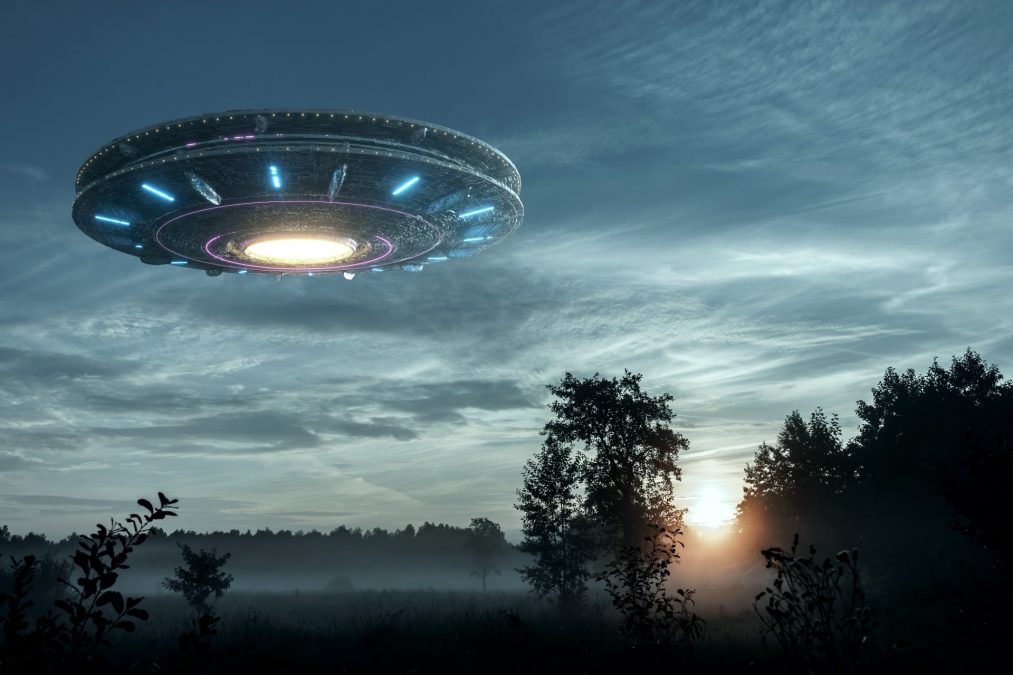
Renovation Reverie
July 30, 2021
New Laws to Affect Louisiana’s Energy Industry
July 30, 2021One weekend when I returned to PoV country on a visit from college, I wanted to prove to my Mom that I could cook for myself. After watching her fry chicken for the family nearly every Sunday for the previous two decades of pre-collegiate dining, I decided to demonstrate for her my skills at preparing her signature Sunday meal. And so, I picked up a whole chicken and other supplies from the supermarket. To demonstrate my newly developed problem-solving and organizational skills, I set up stations across the whole kitchen: There was a butcher’s station, a washing station, a dusting station, and egg-wash station, and a battering station, all aligned in sequence and toward the stove where a skillet of that new-fangled canola oil was sizzling.
Of course, Mom intermittently visited the kitchen to correct what to her perception were my missteps along the way. And when it came time for me to proudly turn over the chicken pieces and show their first nicely browned side, she was confused by the result at first and then eventually laughed, saying “Ça c’est some UFOs!” It was a strange moment of kitchen giddiness from a person not particularly known for giddiness, and I didn’t quite understand it. UFOs, mom? What do you mean? And then she explained her complicated metaphor, having compared my chicken not to something in the physical world, necessarily, but to something not yet proven physical: “Mais, that’s some Unidentified Frying Objects!” she said.
An unusual response from Mom, no doubt, but clearly explainable on two fronts. First, I had cut the chicken not according to its skeletal anatomy, which should have resembled patterns of other vertebrates like myself (given what I had learned about evolution in freshman biology earlier that year), but rather I cut according to my own precise pattern based on Euclidean geometry, severing bones outside their normal bone joints whenever those things got in my way. Second, Mom was a WWII teenager and, as such, she aware of worrisome threats from the sky. Her generation reveled in the patriotism that America won a foreign war on the ground, on the sea, and in the air (as the famous G.I. Joe song goes). But in her young adulthood, when Russia launched Sputnik (the first artificial satellite), Laika (the first animal, a dog), Yuri Gagarin (the first man), and Valentina Tereshkova (the first woman) into space, her country was suddenly behind in the race to conquer and defend the only remaining unmilitarized domain of Earth.
But back in mid-century, Russia’s challenges in the space race were in the news and in plain sight. What primed Mom for her comment on my cooking happened more mysteriously and at a more impressionable age for her: She had just graduated from high school in 1947 when something resembling a large saucer fell from the sky and crashed near Roswell, New Mexico.
And almost 75 years later, that event makes the Pentagon’s new report on UFOs released this past June 25th all the more interesting. If she were still alive to see it, it’s difficult to say if she’d be amused by this measly, nine-page report or if the old fears of Soviet domination would arise. Nevertheless, according to the report, those shiny, super-fast, aerial-submersible, and seemingly weightless hovering things that have been pestering military aircraft pilots over the past few years remain unidentified—just like the saucers of her day. There are new explanations for them, however, which may have been formulated to make us feel better. First, with so many new and high-tech sensors, it could be distortion or other sensor artifacts that pilots are reporting. Second, it could be technology that can’t currently be explained by conventional laws of physics. This last explanation is more convincing to me: After four years of college, six years of graduate school, four years of postdoctoral training, and more professorial years than I care to mention right now, there are certainly things I can’t explain using any laws of physics.
If ever identified, UFOs must either be products of human technology or alien technology. With 400 billion stars in the Milky Way galaxy including our sun, aliens would need some good statistical reason for sending saucers and shiny things our way. Only about 29 planets are close enough to have retrieved the first human radio waves from the 1880s, and the closest of those is 55 light-years away. That’s a long time and a lot of lithium batteries to take a literal shot-in-the dark at finding intelligent life and expecting a response. “Ça c’est bête,” Mom might say.
By the way, Mom, UFOs are no longer called “objects.” The Pentagon now calls them Unidentified Aerial Phenomena (UAPs). And for those of you who have been previously taken aboard a flying saucer during human mealtime, don’t be confused: You were probably served geometrically-cut “Unidentified Avian Parts”—dusted, egg-washed, battered, and fried, I hope.







